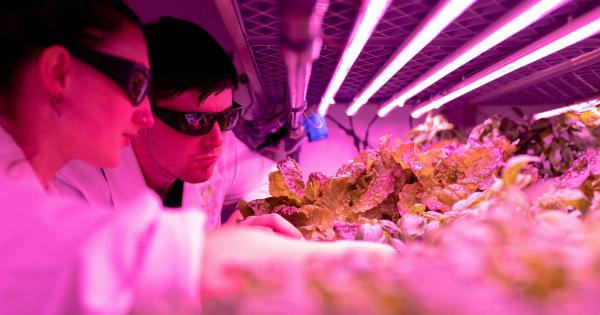According to the World Health Organization, HIV remains a major global public health issue. As of 2020, an estimated 38 million people worldwide were living with HIV/AIDS.
Women and girls are particularly affected, with young women in sub-Saharan Africa being the most vulnerable.
There is currently no cure for HIV, but antiretroviral therapy (ART) can effectively treat the infection. However, the use of ART requires strict adherence to a daily regimen of medication and can come with significant side effects.
For many women, particularly those in low-resource settings, accessing and adhering to ART can be challenging.
Now, a new gel is offering hope for women in the fight against HIV. Developed by researchers at the University of Waterloo in Canada, the gel contains a peptide that can effectively prevent the transmission of HIV.
What is the HIV-Preventing Gel?
The gel is a vaginal microbicide that contains a peptide called enfuvirtide. Enfuvirtide is a fusion inhibitor that prevents HIV from entering cells by blocking a step in the viral entry process.
The gel is applied vaginally and forms a barrier that can prevent HIV from entering the body. The researchers found that the gel was highly effective in preventing transmission of HIV in vitro and in vivo studies.
How Does the Gel Work?
The enfuvirtide peptide in the gel is designed to target the gp41 protein on the surface of the HIV virus. This protein is involved in the process of viral entry into host cells.
Enfuvirtide binds to the gp41 protein, preventing viral fusion with the host cell membrane and subsequent entry into the cell. By blocking this step in the viral replication process, the gel effectively prevents HIV transmission.
Why Is the Gel Important for Women?
Women and girls are disproportionately affected by HIV/AIDS, particularly in sub-Saharan Africa. In 2020, there were an estimated 20 million women living with HIV/AIDS worldwide.
Women face unique challenges in accessing and adhering to ART. These challenges can include social and economic barriers, as well as biological factors such as vaginal infections and other health issues that can affect the efficacy of ART.
The gel offers a non-invasive, easy-to-use alternative to ART that can be used on an as-needed basis to prevent HIV transmission.
This can be particularly important for women in low-resource settings who may not have access to regular medical care or who may face social and economic barriers to adherence.
How Effective Is the Gel?
The researchers conducted in vitro and in vivo studies to test the efficacy of the gel. In vitro studies showed that the gel was highly effective in preventing HIV transmission, with a 100% success rate in blocking viral fusion with host cells.
In vivo studies in mice also showed promising results. Mice were given a single dose of the gel and then exposed to HIV.
None of the mice that received the gel developed an HIV infection, while the control group that did not receive the gel all became infected.
How Is the Gel Different from Existing HIV Prevention Methods?
Existing HIV prevention methods include the use of condoms, ART, and pre-exposure prophylaxis (PrEP).
Condoms are a highly effective method of preventing HIV transmission when used consistently and correctly. However, condom use can be limited by social and cultural barriers as well as issues with access and affordability.
ART is an effective treatment for HIV/AIDS, but it can be associated with significant side effects and requires strict adherence to a daily regimen.
PrEP can also be a highly effective method of HIV prevention, but it requires regular medical care and can be expensive.
The gel offers a non-invasive, easy-to-use alternative to these methods that can be used on an as-needed basis. It does not interfere with sexual pleasure or require ongoing medical care or adherence to a daily regimen.
What Are the Next Steps for the Development of the Gel?
The researchers have completed preclinical studies on the gel and are now moving towards clinical trials.
These trials will be conducted in collaboration with researchers in South Africa and will test the safety and efficacy of the gel in human subjects.
If clinical trials are successful, the gel could become a powerful tool in the fight against HIV. It would offer an easy-to-use, non-invasive method of preventing HIV transmission that is accessible to women in low-resource settings.
Conclusion
The development of the HIV-preventing gel offers hope for women in the fight against HIV/AIDS.
Women and girls are particularly affected by this global public health issue, and current prevention methods can be limited by social and economic barriers as well as issues with adherence.
The gel offers a non-invasive, easy-to-use alternative to existing prevention methods that can be used on an as-needed basis.
It has shown promise in in vitro and in vivo studies, and clinical trials are now underway to test its safety and efficacy in human subjects.



























